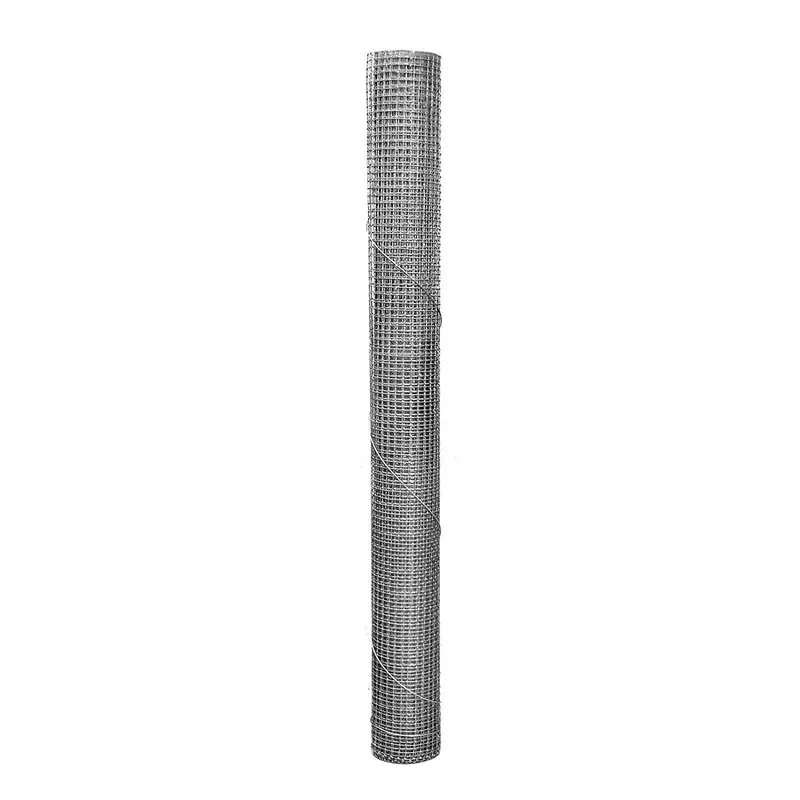galvanized strand
نوفمبر . 05, 2024 21:00
The Versatility and Applications of Galvanized Strand
Galvanized strands have emerged as a crucial component in various industries due to their durability, corrosion resistance, and flexibility. This article delves into the unique characteristics of galvanized strands, their manufacturing processes, and their applications in different sectors, illustrating why they hold significant importance in modern engineering.
Understanding Galvanized Strand
Galvanized strands are made from steel wires that have been coated with a layer of zinc through a process known as galvanization. This layer of zinc protects the underlying steel from corrosion caused by environmental factors such as moisture, humidity, and salt. Galvanization provides an economical solution that extends the lifespan of steel products, making them ideal for applications facing harsh conditions.
The production of galvanized strands involves several stages. Initially, high-quality steel wires are drawn to the desired diameter. Following this, these wires undergo the galvanization process, which can be achieved via hot-dip galvanization or electro-galvanization. Hot-dip galvanization entails immersing the steel in molten zinc, creating a thick protective layer that is highly resistant to environmental elements. In contrast, electro-galvanization relies on an electrolytic process to apply a thinner layer of zinc, which is best suited for less corrosive environments.
Properties of Galvanized Strands
The key attributes of galvanized strands include
1. Corrosion Resistance The zinc coating serves as a barrier against rust and corrosion, significantly enhancing the durability of steel wires. 2. Tensile Strength Galvanized strands exhibit high tensile strength, making them suitable for heavy-duty applications. 3. Flexibility and Workability They can be easily manipulated into various shapes, such as ropes or mesh, allowing for diverse applications. 4. Cost-effectiveness Although the initial investment in galvanized strands may be higher than non-galvanized options, their longevity and reduced maintenance costs make them a cost-effective choice over time.
Applications of Galvanized Strand
galvanized strand

Galvanized strands find applications in several industries, each leveraging their unique properties to achieve desired outcomes
1. Construction In the construction industry, galvanized strands are frequently used in reinforcement applications. They are employed in the production of concrete reinforcement mesh, cable stays, and tensioning cables, providing structural integrity and support in buildings and infrastructure.
2. Telecommunications The telecommunications sector utilizes galvanized strands in the installation of overhead cables and telephone lines. Their strength and corrosion resistance ensure the stability of lines over long distances, even under challenging weather conditions.
3. Transportation In transportation, particularly in suspension bridges and cable-stayed bridges, galvanized strands are critical components in the cables that support the structures. They maintain tension and stability, ensuring the safety and longevity of these massive engineering feats.
4. Agriculture Galvanized strands are also widely used in agricultural settings, such as in the construction of fencing. Their resistance to rust means that farmers can rely on them to protect their livestock and crops against environmental deterioration over time.
5. Marine Applications The marine industry benefits from galvanized strands due to their capacity to withstand saltwater corrosion. They are often used in mooring lines, lifting equipment, and other marine applications where exposure to water is constant.
Conclusion
The versatility of galvanized strands makes them invaluable across multiple industries. With their exceptional tensile strength, corrosion resistance, and flexibility, they provide solutions that enhance the durability and functionality of various applications. As industries continue to evolve and embrace new technologies, it is likely that the demand for galvanized strands will grow, underscoring their importance in engineering and construction. As we move towards an increasingly interconnected and environmentally conscious future, the properties that make galvanized strands durable and reliable will continue to play a pivotal role in shaping modern infrastructure and industrial practices.




















